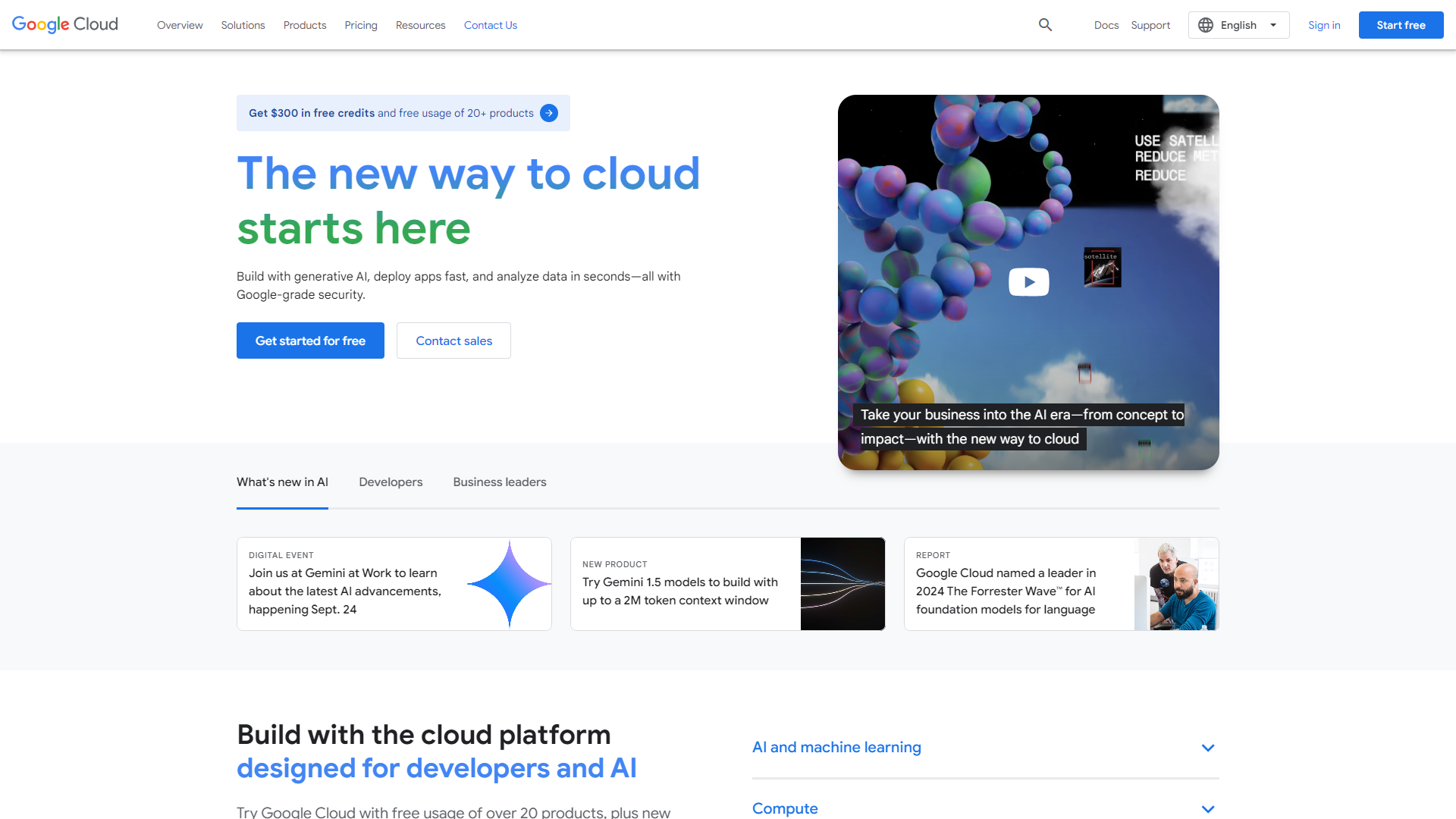Overview
Google Cloud Natural Language API is a tool that lets computers understand human language. It uses advanced machine learning to analyze text and extract useful information. This API supports various languages, making it versatile for users around the globe.
With this API, you can perform tasks like sentiment analysis, entity recognition, and syntax analysis. Whether you’re a developer building applications or a business wanting to use text data, this tool provides a simple way to gain insights from your text.
Moreover, Google Cloud Natural Language API is built on the same technology that powers Google’s own products. This gives you access to robust and reliable features that can improve your software and provide better experiences for your users.
Pricing
| Plan | Price | Description |
|---|---|---|
| Free | Free (Per Month) | - |
| Standard Pricing | Pay As You Go (Per Month) | Your usage of the Natural Language is calculated in terms of “units,” where unit is a document sent to the Natural Language API for analysis, or a portion of a document that is 1,000 characters long. The more units are evaluated using features below the less you pay per unit within a month. |
Key features
Sentiment Analysis
Understand the emotions behind your text by determining whether the overall sentiment is positive, negative, or neutral.
Entity Recognition
Identify and categorize entities such as people, places, and organizations mentioned in your text.
Syntax Analysis
Break down the structure of sentences to improve understanding of grammar and relationships between words.
Language Support
Analyze text in multiple languages, widening your scope for international applications.
Text Classification
Automatically categorize text into predefined categories, streamlining content management.
Integration
Easily integrate with other Google Cloud services for a comprehensive cloud solution.
Real-Time Processing
Get instant results, enabling quick decision-making based on text analysis.
Custom Models
Build tailored models that fit your specific needs and gain deeper insights.
Pros
- User-FriendlyThe API is designed to be easy to use, even for those with limited technical skills.
- Comprehensive DocumentationExtensive guides and resources are available to assist users.
- ScalabilityIt performs well with large data sets, making it suitable for businesses of any size.
- Regular UpdatesGoogle frequently updates the API to improve performance and features.
- Strong Community SupportA large community of users provides additional resources and help for troubleshooting.
Cons
- Costly for Large VolumesPricing can add up significantly if you analyze large amounts of text.
- Limited CustomizationWhile the API is powerful, it may not be flexible enough for very niche needs.
- Reliance on InternetRequires a stable internet connection to function, which can be a limitation in some areas.
- Privacy ConcernsSome users may worry about sending sensitive data over the internet.
- Dependency on Google CloudIf you are not already using Google Cloud services, it may add complexity to your setup.
FAQ
Here are some frequently asked questions about Google Cloud Natural Language API.
It is a tool that allows developers to analyze and understand text using machine learning.
The API supports multiple languages, including English, Spanish, French, and more.
There is a free tier available, but usage beyond that will incur costs.
The API evaluates the text to determine whether the overall sentiment is positive, negative, or neutral.
Yes, it comes with extensive documentation to make integration straightforward.
Many industries, including marketing, customer service, and research, can utilize this API to analyze text.
No, the API is designed to be user-friendly for those with basic technical skills.
Yes, it is scalable and can handle large datasets, though costs may increase.

